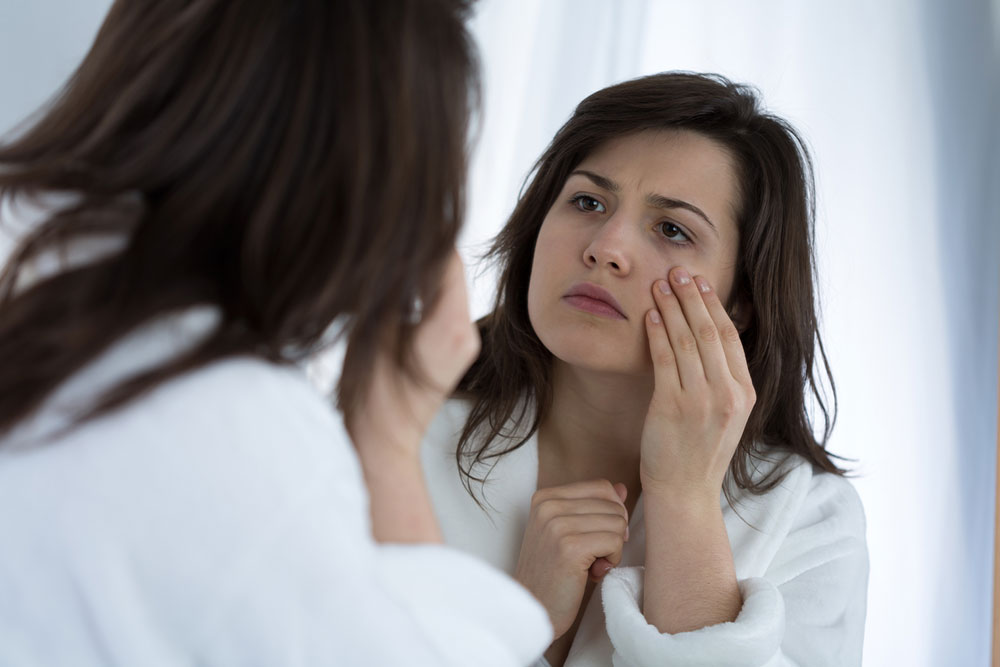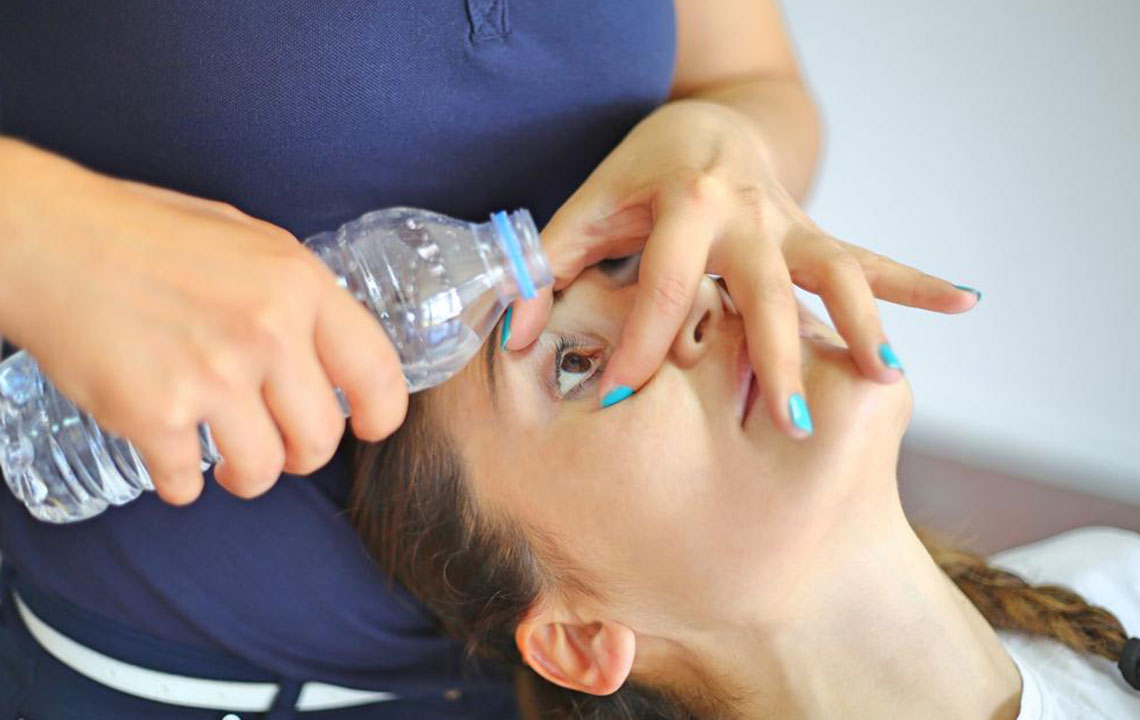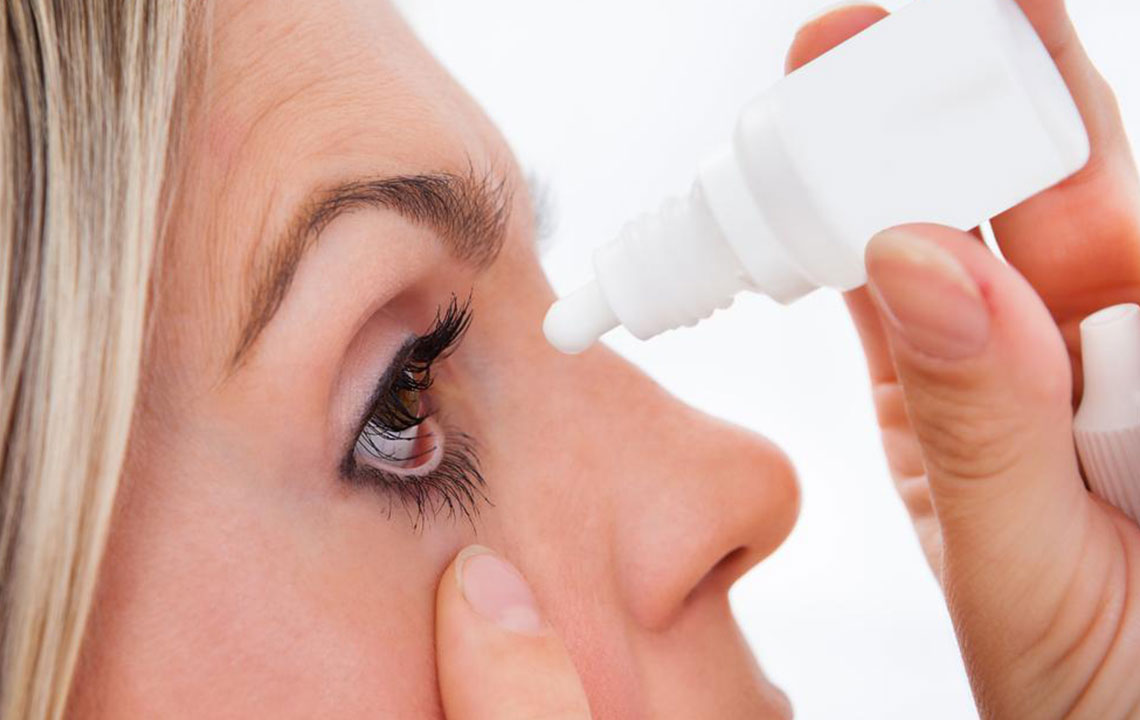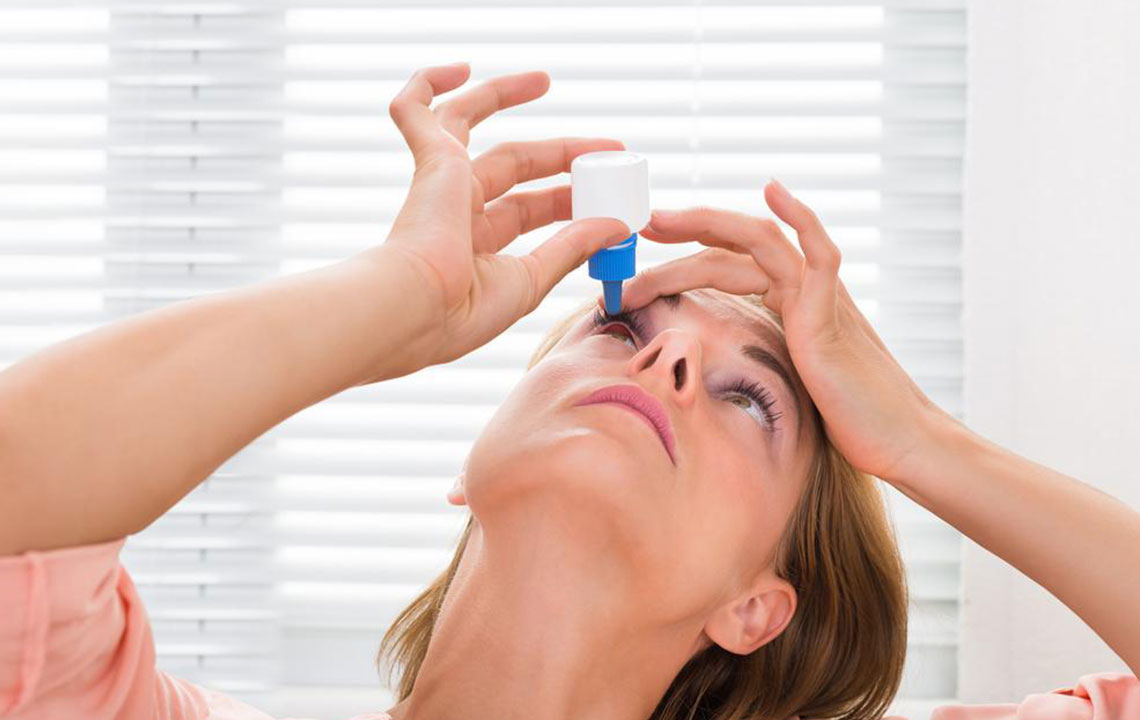Understanding Dry Eye Disease: Causes, Symptoms, and Care
Dry eye disease results from inadequate tear production or rapid evaporation, causing discomfort, redness, and vision issues. Symptoms include blurred vision, light sensitivity, redness, eye pain, and watering eyes. Factors like aging, environmental conditions, allergies, and eye surgeries contribute to this condition. Early diagnosis and consultation with an eye specialist are essential for effective management. Proper care can alleviate symptoms and improve eye health, enhancing daily comfort and vision clarity.
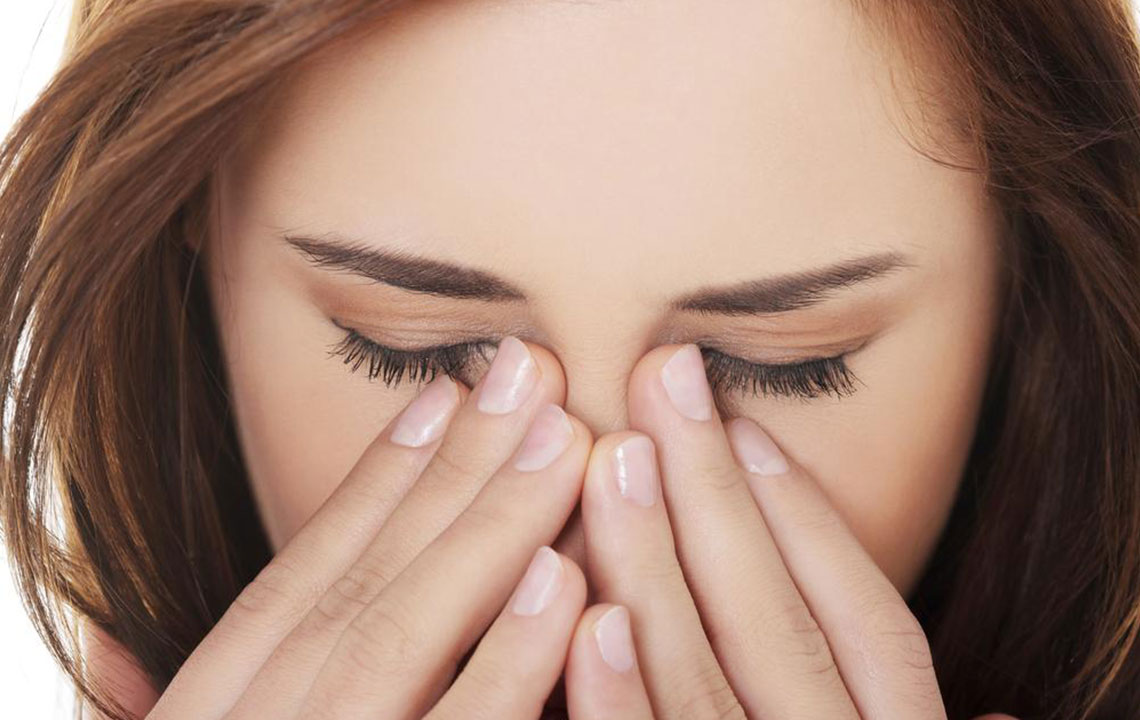
Understanding Dry Eye Disease: Causes, Symptoms, and Care
Dry eye condition occurs when your eyes do not produce enough tears or the tears evaporate too quickly, leading to dryness and irritation on the eye surface. This lack of moisture can cause discomfort, redness, and other symptoms that may require medical attention.
Commonly affecting women post-menopause, dry eye can result from factors like environmental exposure, aging, allergies, previous eye surgeries, vitamin deficiencies, diabetes, or hormonal birth control. Recognizing symptoms early is crucial for effective treatment.
Typical Signs of Dry Eye
Symptoms are categorized into visual issues and physical discomfort. Below are detailed signs to watch for.
Visual Signs:
Blurry vision: Objects appear fuzzy, making navigation difficult.
Light sensitivity: Excessive glare causes eye irritation and headaches.
Night vision problems: Difficulty seeing clearly in low light, halos around lights make nighttime driving challenging.
Double vision: Seeing duplicate images can occur in advanced cases.
Physical Symptoms:
Redness: Inflamed blood vessels cause visible redness in the white part of the eye.
Eye pain: Discomfort ranges from mild to severe, affecting the surface or eyelids.
Itching and burning: Persistent irritation causes stinging sensations.
Excessive watering: Paradoxically, dry eyes may produce tears as a reaction to irritation.
Fatigue: Eyes feel tired, heaviness can lead to headaches.
Difficulty concentrating: Shortened focus periods, especially during reading or screen time.
Contact lens discomfort: Increased irritation may hinder lens wear.
Reduced tear production: Inability to cry despite emotional triggers.
Morning mucus: Sticky discharge on waking can block eyelids and indicate dryness.
If you experience these symptoms, consult an eye care professional to determine appropriate treatment options.
Note: This article provides general information, and readers should seek professional advice for diagnosis and treatment. The content is for informational purposes and may not cover all individual cases.


